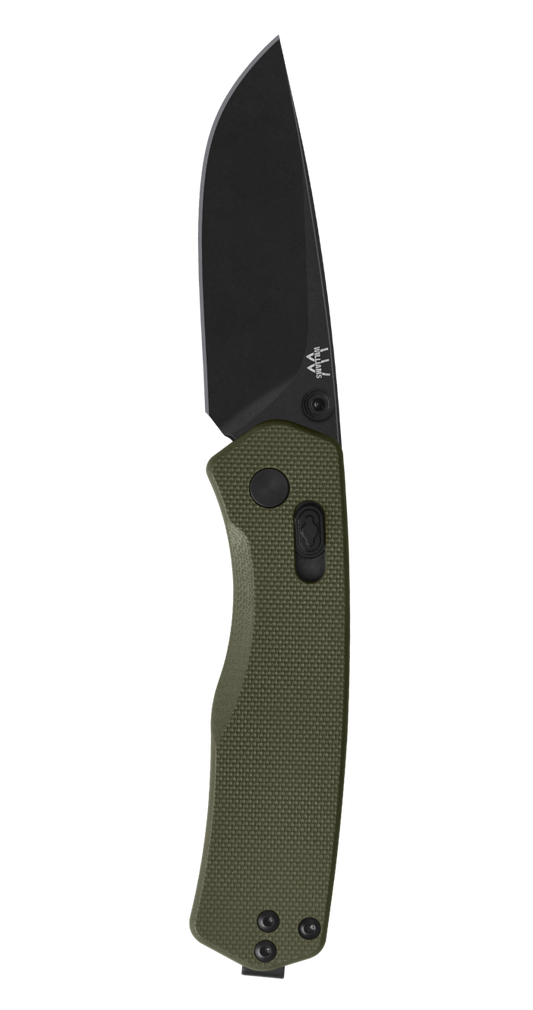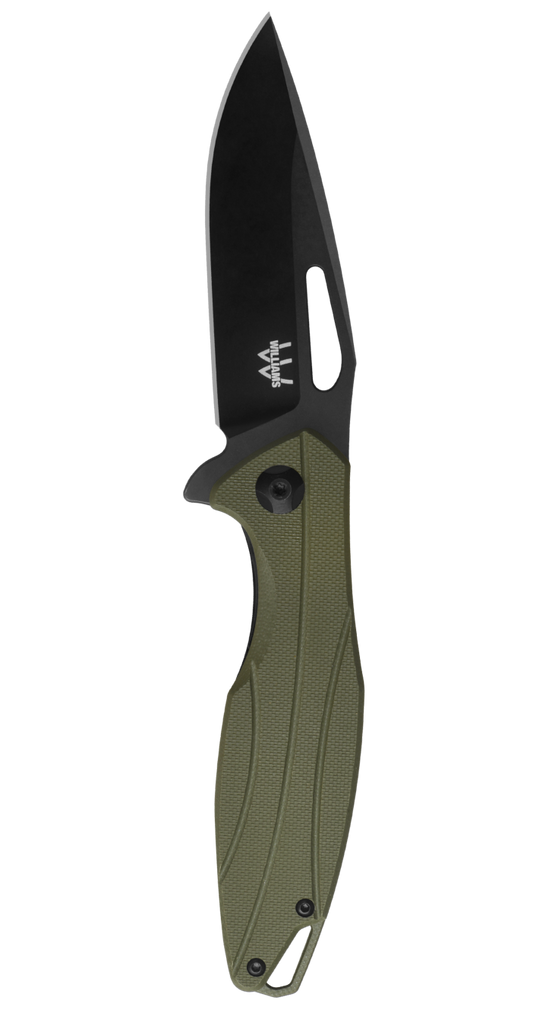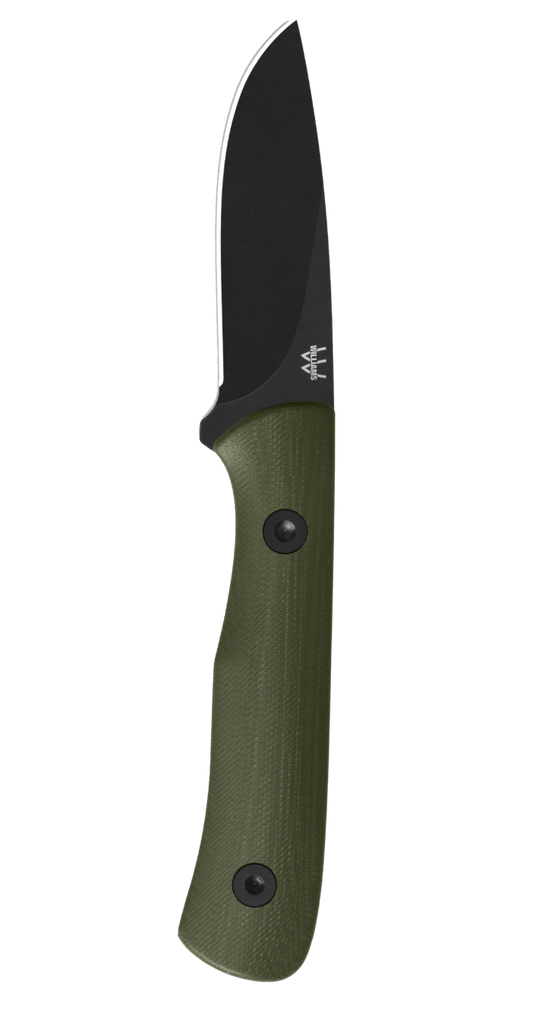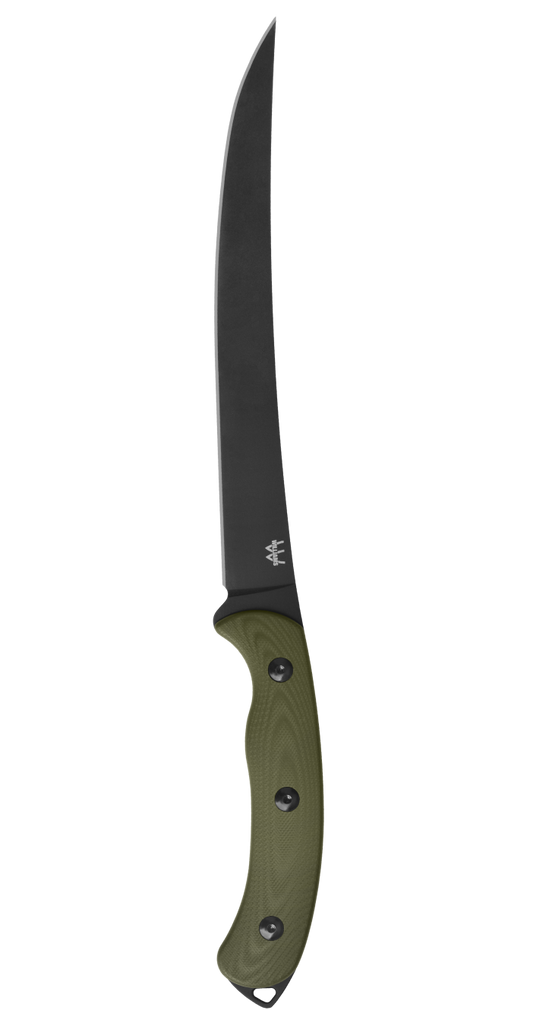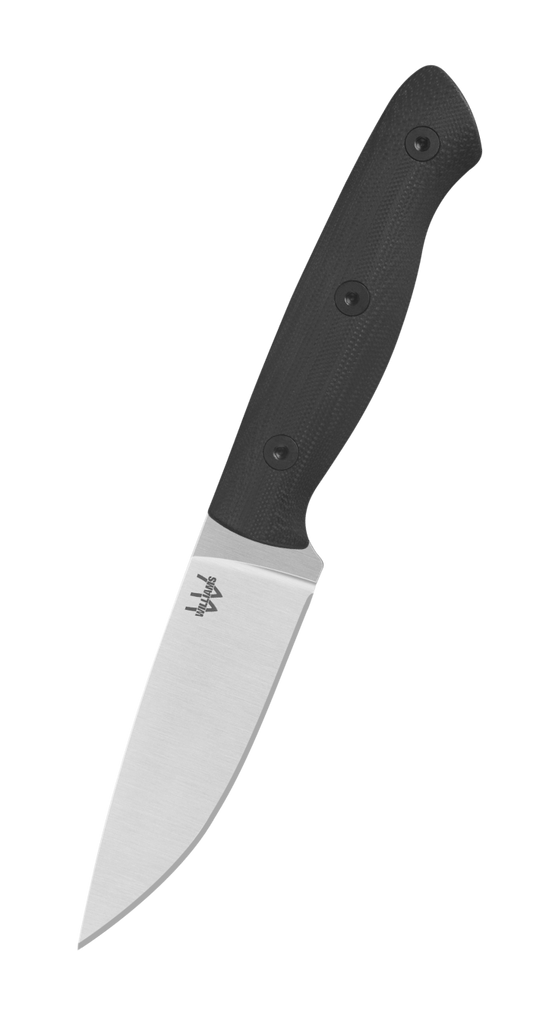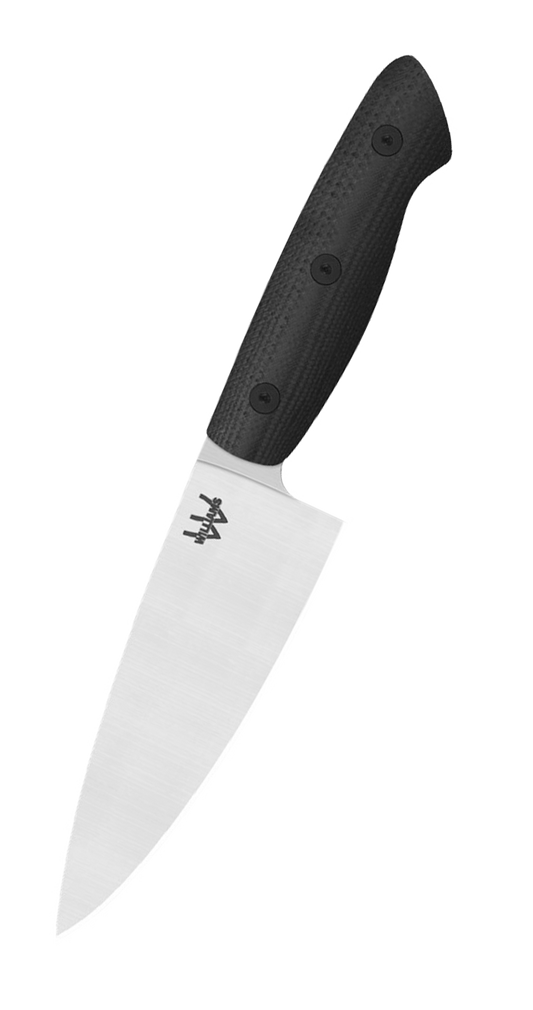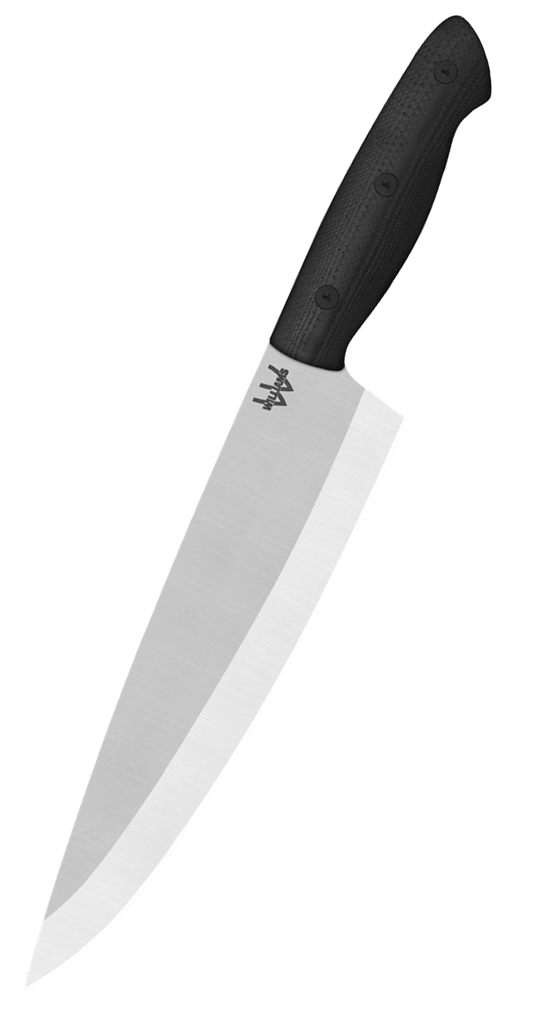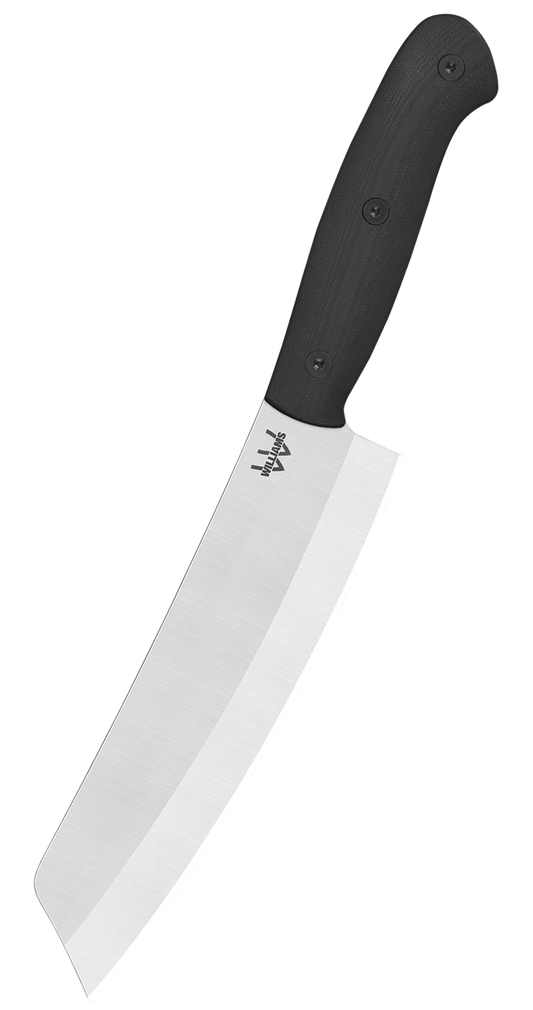We all want to keep our high-quality chef’s and hunting knives clean and working well — a desire that’s typically amplified for owners of highly cherished, heirloom-quality knives. Further, keeping a knife sharpened and cleaned is essential to both its safety and its functionality.
The best way to clean a knife is to wet it, hand wash it with detergent and a dishcloth, rinse it clean, and then let it fully dry. The process is actually pretty quick and simple, but there are a few important pointers that can help you get the job done more effectively and more safely — and one big pitfall to avoid. If you’ve been wondering how to clean a chef’s knife or high-quality hunting knife, including removing stains from the blade, , read on to learn how to do it the right way …
How To Clean Your Knife Properly and Safely
A common mistake to avoid
While it may seem like a real time- and effort-saver to simply put your knife in the dishwasher for cleaning, this should NEVER be done with a high-quality knife. Putting a knife in the dishwasher can lead to premature blade dulling as a result of exposure to the high heat and abrasive detergent that dishwashers commonly employ to clean dishes, glasses and silverware. Plus, the jostling around with other items in the dishwasher can cause nicks in the blade and/or handle, negatively impacting the knife’s performance and longevity. Placing high-quality knives with wooden handles in the dishwasher can also cause their handles to loosen and/or crack over time.
How To Clean a Folding Pocket Knife
Just like a fixed blade knife, you should wet a folding pocket knife, clean it with dish soap and a dishcloth, rinse under clean water and let it fully dry. There are a few extra steps, however, including:
- Before getting a folding knife wet, open it up and use a toothpick to remove any gunk or lint that may be stuck in the handle. (This is best done when the knife is dry, as moisture can make any debris that may be in there harder to remove. And for folding knives with a locking mechanism that’s not performing properly, this step could alleviate the issue.)
- Rather than a wet sponge or dishcloth, a wet toothbrush or other small brush can be a more effective tool for scrubbing and cleaning a folding knife.
- When cleaning a multi-tool, focus on one tool at a time by opening and scrubbing each blade and tool individually, then scrubbing the inside of the multi-tool’s body.
- Using a cotton swap may be helpful for getting into the interior nooks and crevices of a folding knife or multi-tool.
- Do not take a folding knife or multi-tool apart for cleaning, as this can often void the warranty.
- Allowing a folding knife or multi-tool to thoroughly air dry before putting its blade(s) and tool(s) back in place and stowing it away is especially important, as it can be especially challenging to dry the body’s interior with a towel.
- Once a folding knife or multi-tool is clean and dry, it’s a good idea to lubricate its blade, pivot and any other moving parts. Petroleum-based lubricants are often used to do this, and mineral oil or vegetable oil will also work — but be sure to use a food-safe lubricant for any utensil that is used for cutting and eating food. (And keep in mind that a small amount of lubricant will go a long way, so use it sparingly.) Further, be sure to wipe the folding knife or multi-tool down thoroughly once lubrication is complete.
About Williams Knife Co.
Williams Knife Co. is the project and passion of avid outdoorsman and longtime knife-maker Chris Williams. Each handmade from blade to sheath using steel and natural materials, the custom hunting and fishing knives in the Williams Knife Co. lineup blend functionality and beauty to create useful works of art that can also serve as long-treasured heirlooms. To explore the full collection, visit williamsknife.com.

